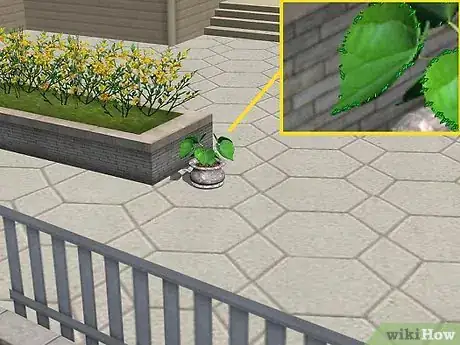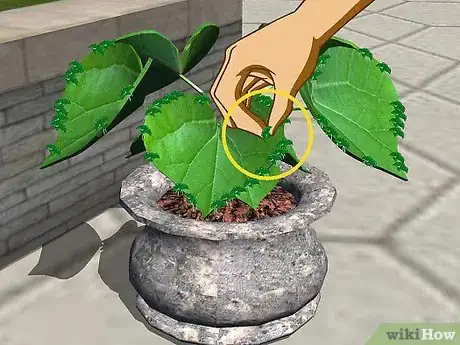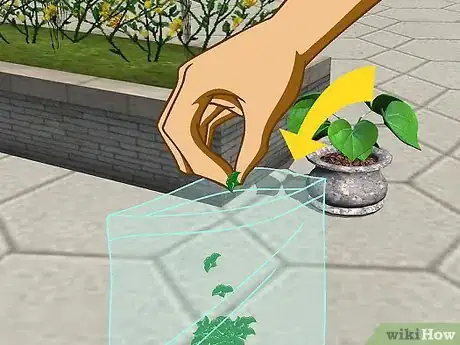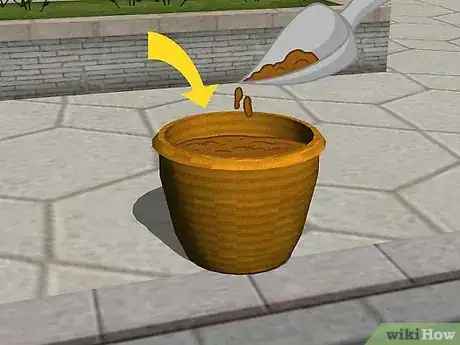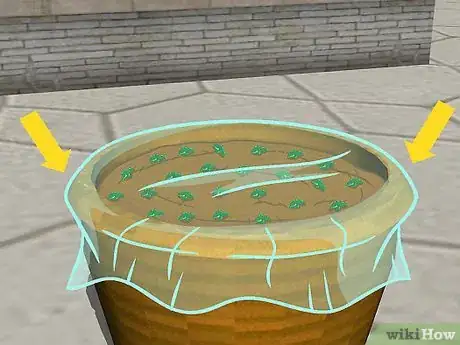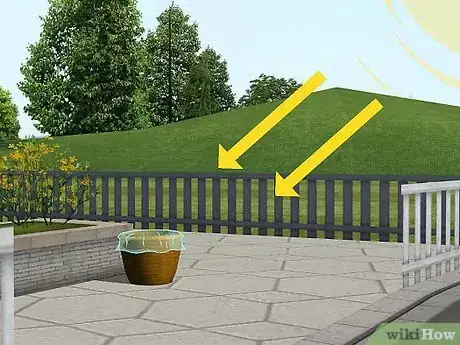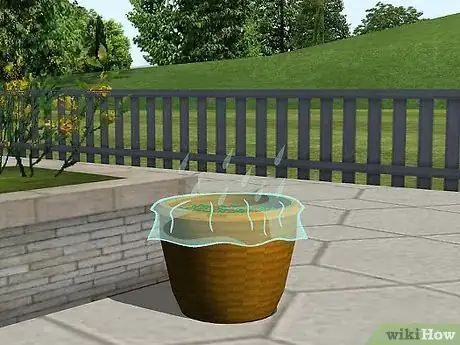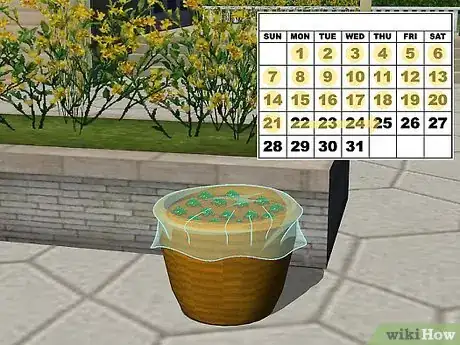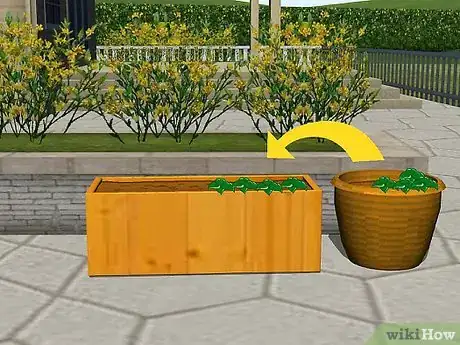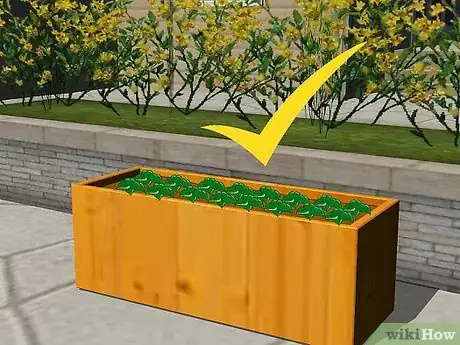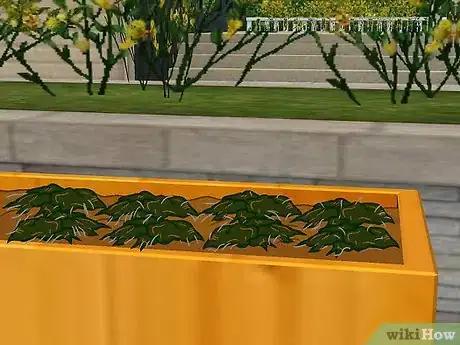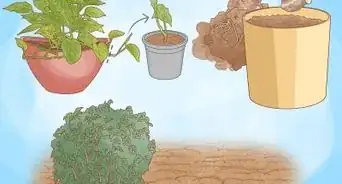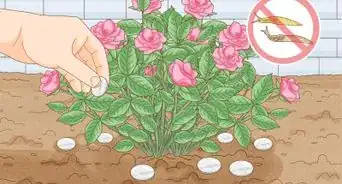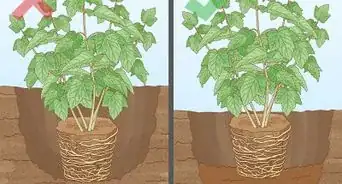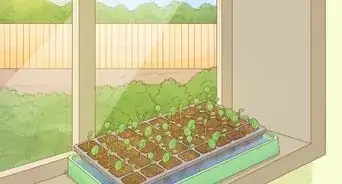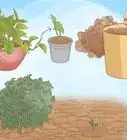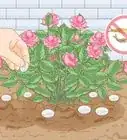wikiHow is a “wiki,” similar to Wikipedia, which means that many of our articles are co-written by multiple authors. To create this article, 17 people, some anonymous, worked to edit and improve it over time.
There are 7 references cited in this article, which can be found at the bottom of the page.
wikiHow marks an article as reader-approved once it receives enough positive feedback. In this case, 96% of readers who voted found the article helpful, earning it our reader-approved status.
This article has been viewed 126,828 times.
Learn more...
Mother-of-Thousands (Bryophyllum daigremontianum) is a plant native to the tropics of Madagascar, but you can have your own thanks to the interesting reproductive system of the Mother-of-Thousands.[1]
The botanical name is Kalanchoe Pinnata and there are lots of variants. The plant grows extensively in the Caribbean and South America as well as Madagascar and the Orient.
Steps
-
1
-
2Pick some plantlets. As Mother-of-Thousands grows, small plantlets, similar to buds, grow along the ridges of plant leaves. Take more than one, because the plantlets can easily die. Do not worry about harming the plant itself by taking the plantlets. They all fall off anyway, and the Mother-of-Thousands will have more energy to grow when it does not have to support the plantlets anymore.[2]Advertisement
-
3Store the plantlets in a plastic bag. Keep them in the bag until you can transplant the plantlets. Don't let them dry up, or they will die.
-
4Fill a shallow bowl with potting soil. It does not need to be deep. The roots will not be very deep at first, so a large bowl is not necessary.[3]
-
5Place the plantlets gently on the surface of the soil, approximately three quarters of an inch (2 centimeters) to one inch (2.5 centimeters) apart. They do not need to be pushed into the soil. Mother-of-Thousands naturally propagates by dropping its plantlets.[4]
-
6Cover the bowl with plastic wrap. This will help keep moisture in, as well as working as a makeshift greenhouse.
-
7Take the plantlets to a sunny place. Windowsills work wonders, but remember that the more sun the plantlets get, the more attention you will need to give them.
-
8Keep the soil moist, not wet. Mother-of-Thousands is a succulent, which means it does not need much water. It does need moisture to stimulate the growth of roots, though.[5]
-
9Wait, monitor and observe. Stimulated by the moisture and the soil, the plant grows roots via mitosis of meristematic-type tissue in notches in the leaves. You may start to see small, thin, white roots sprout from the base of the plantlets. Make sure you keep an eye on the moisture and height of the plantlets.
-
10Remove the plastic wrap from the bowl when the plants are too tall for it. They are now ready to stretch for the sun!
-
11Replant to more appropriate pots or bowls when the plantlets have grown significant roots. You can test the plant lets by gently lifting them. Be careful when doing this; you can damage the small roots if are too rough.
-
12Enjoy your newly-propagated Mother-of-Thousands!
-
13Prepare for the plant to die after it flowers. Unfortunately, some species of Mother-of-Thousands, and their lookalikes can die after blooming small purple-pink flowers late in life. Not all plants will develop these flowers, it happens very sporadically if at all.[6] Their life-span can be extended in preparation for the appearance of flowers by simply watering it less once it grows to about 1 foot (0.3 m) to 1.5 feet (0.5 m). Be careful not to let it get dehydrated, there is a fine line between too much and too little water. If it does look like its life is about to end, simply take a couple of its plantlets and grow a new plant or two.
Community Q&A
-
QuestionMy plant has grown very tall but has no babies. What is wrong?
 Community AnswerTry watering it less, and remove it from direct sunlight. This will make the plant think there is a change in season; sometimes this helps to get plantlets (babies).
Community AnswerTry watering it less, and remove it from direct sunlight. This will make the plant think there is a change in season; sometimes this helps to get plantlets (babies). -
QuestionWhat should I do when the sole plant I have becomes stem-like with only two little fresh sprouted leaves?
 Community AnswerSmall plants grow quickly as long as they develop a healthy root system, and can be transplanted easily. These plants are so easy to grow. We topped a large plant, cutting the top 12 healthy inches off and discarding the lower 24 inches which was dying. Then we planted the base of the 12 inch cutting 2 inches deep, stripping off the lower leaves, and it re-rooted into a beautiful adult plant within about 3 weeks. So if you have a nice cutting but no seedlets, you are still in great shape.
Community AnswerSmall plants grow quickly as long as they develop a healthy root system, and can be transplanted easily. These plants are so easy to grow. We topped a large plant, cutting the top 12 healthy inches off and discarding the lower 24 inches which was dying. Then we planted the base of the 12 inch cutting 2 inches deep, stripping off the lower leaves, and it re-rooted into a beautiful adult plant within about 3 weeks. So if you have a nice cutting but no seedlets, you are still in great shape. -
QuestionHow long does this take to grow after planting the babies?
 Community AnswerMine took about two weeks to flourish into a young adult plant.
Community AnswerMine took about two weeks to flourish into a young adult plant.
Warnings
- Watch for bugs and avoid over-watering. Both can kill the plantlets.⧼thumbs_response⧽
- Succulents need rare and weak fertilizer. Fertilizing these plantlets is likely to kill them.⧼thumbs_response⧽
Things You'll Need
- A preexisting Mother-of-Thousands plant or a friend with a Mother-of-Thousands plant
- A plastic bag
- A small, shallow bowl or pot
- Plastic wrap
- Small amounts of water (a spray bottle works well)
- Containers to re-pot the grown plantlets
- Time
References
- ↑ https://www.houseplantsexpert.com/mother-of-thousands-bryophyllum-daigremontianum.html
- ↑ https://www.succulentsandsunshine.com/types-of-succulents/kalanchoe-daigremontiana-mother-of-thousands/
- ↑ https://www.youtube.com/watch?v=TVImC0pbd2s
- ↑ https://www.plantsrescue.com/bryophyllum-daigremontianum/
- ↑ https://www.guide-to-houseplants.com/mother-of-thousands.html
- ↑ https://www.plantsrescue.com/tag/kalanchoe-daigremontiana/
- http://en.wikipedia.org/wiki/Bryophyllum
